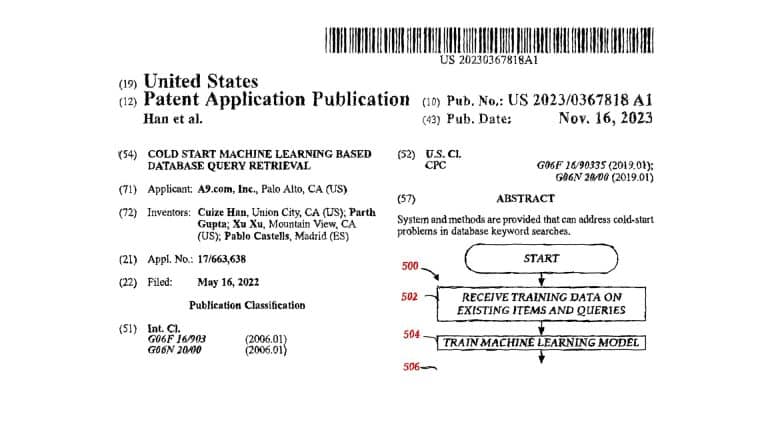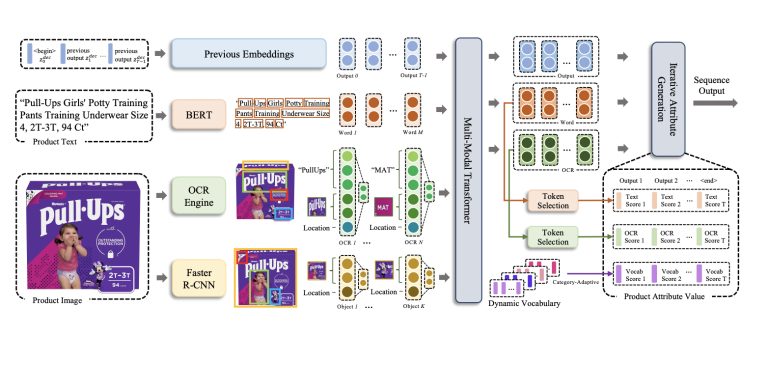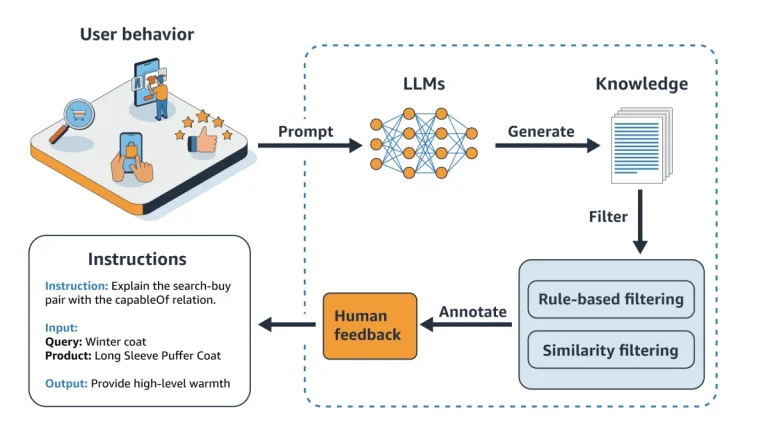A study reveals how Amazon’s A9 search algorithm can be enhanced to better connect shoppers with relevant seasonal products. By optimizing listings for seasonal search patterns, sellers stand to significantly boost visibility and sales of seasonal goods on Amazon.
The Problem
On Amazon, shoppers use the same search queries year-round, even though their intent may differ by season. For example, “toys” retrieves different relevant products in December vs July. These are known as seasonal queries, where the desired results vary over time.
Most seasonal queries are implicit – they don’t contain obvious seasonal keywords like “summer” or “winter”. Identifying and handling these implicit seasonal queries is challenging:
- Hard to infer seasonal relevance without clear keywords signaling intent.
- Existing methods relying on query frequency patterns are less effective on implicit queries.
Prior research modeled seasonality via monthly sales distribution per product. However, this is a product-level signal that doesn’t fully capture time-dependent query semantics.
Season-Aware Search Algorithm
To address this, researchers developed an enhanced search algorithm incorporating both query text and the time of year. This Season-enhanced BERT (SE-BERT) model better matches shoppers with relevant seasonal products.
Identifying Seasonal Queries
SE-BERT detects seasonal queries based on the variability of top purchased products across months, using Jaccard index to measure variability. Queries with high variability are labeled as seasonal.
Seasonal Semantic Relevance
- The query text is prepended with a season token indicating when it was issued e.g. “Fall”, “Post-holiday”.
- BERT language model takes query text and product title as input to learn seasonal semantic similarity.
- Output embedding is enriched with contextual features like price, reviews via Multi-modal Adaption Gate (MAG).
- Trained using Neural NDCG loss to optimize ranking metrics.
Experiments
Tested on search logs with 2800 seasonal queries and 120 products per query. SE-BERT achieved gains of 1-2% on relevance metrics vs. non-seasonal BERT baseline.
Key Benefits for Amazon Sellers
These search improvements could significantly increase visibility for sellers with seasonal inventory when shoppers are most likely to purchase:
- When searches match your peak season, listings rank higher vs. competitors.
- Season tag gives your products a relevance boost during optimal selling period.
Optimization Tips for Amazon Sellers
To maximize sales, optimize listings to align with seasonal search patterns:
- Include keywords in titles/descriptions that match seasonal intent. More effective than generic keywords.
- Use tags highlighting your peak season – “Holiday Gift”, “Summer Essential”, etc.
- Monitor listings to identify changes in rankings by season.
Key Takeaways
- Modeling seasonality delivers substantial relevance improvements based on study results.
- Identifying seasonal queries from purchase patterns avoids hand-tuning while adapting to evolving patterns.
- Season tokens provide a simple, powerful mechanism for language models to learn time-aware semantic matching.
- Objective functions directly optimizing ranking metrics like Neural NDCG boost search accuracy.
- Multiple modalities complement text relevance predictions. Mechanisms like MAG effectively integrate them.
- With strategic optimization, Amazon sellers can significantly benefit from seasonal search improvements.
This study demonstrates both the opportunity and viability of seasonality modeling in ecommerce product search. While focused on Amazon, the core principles could also benefit other product search engines. With thoughtful adaptation, these innovations in time-aware, semantic, and contextual modeling can substantially improve product relevance.










